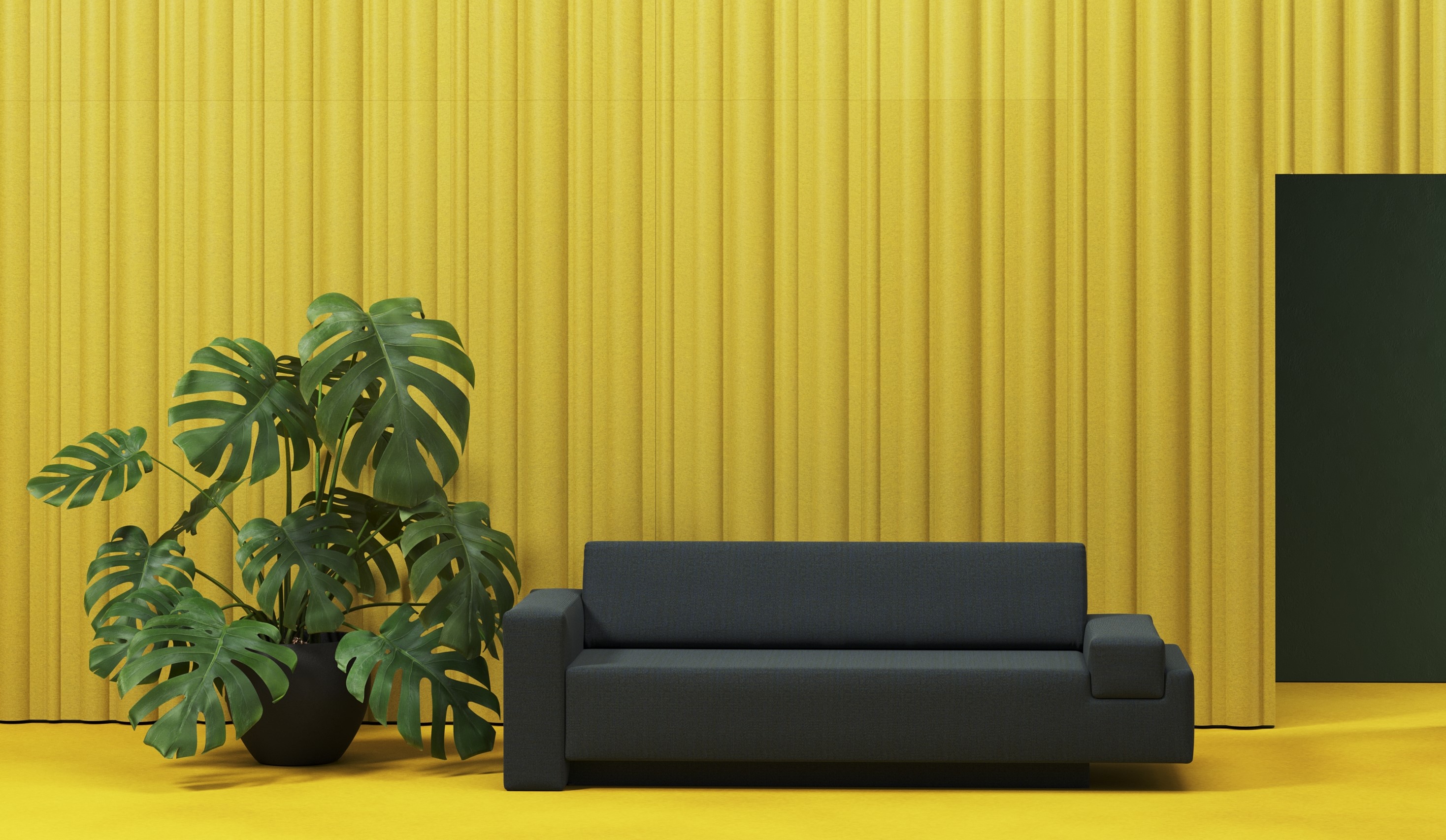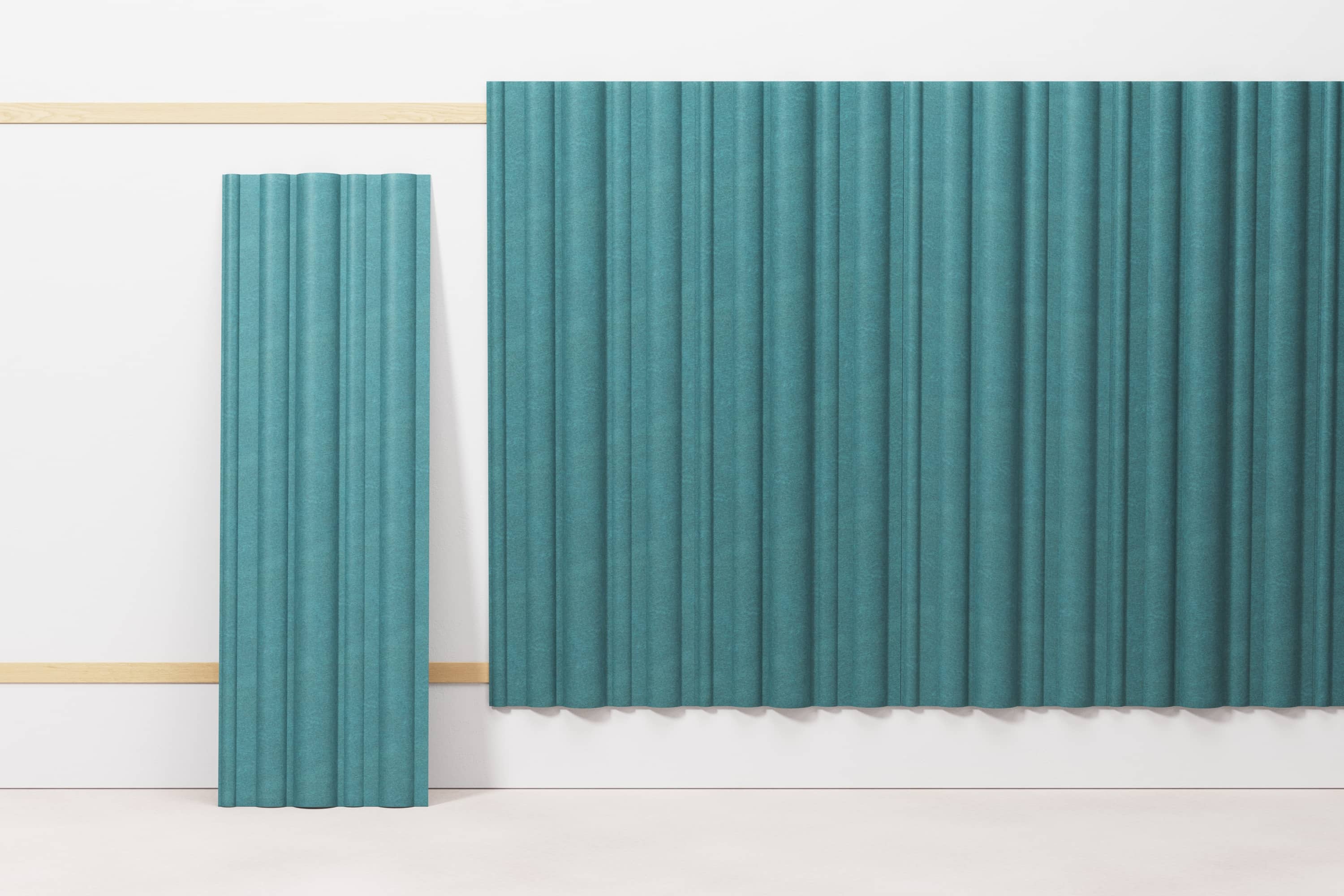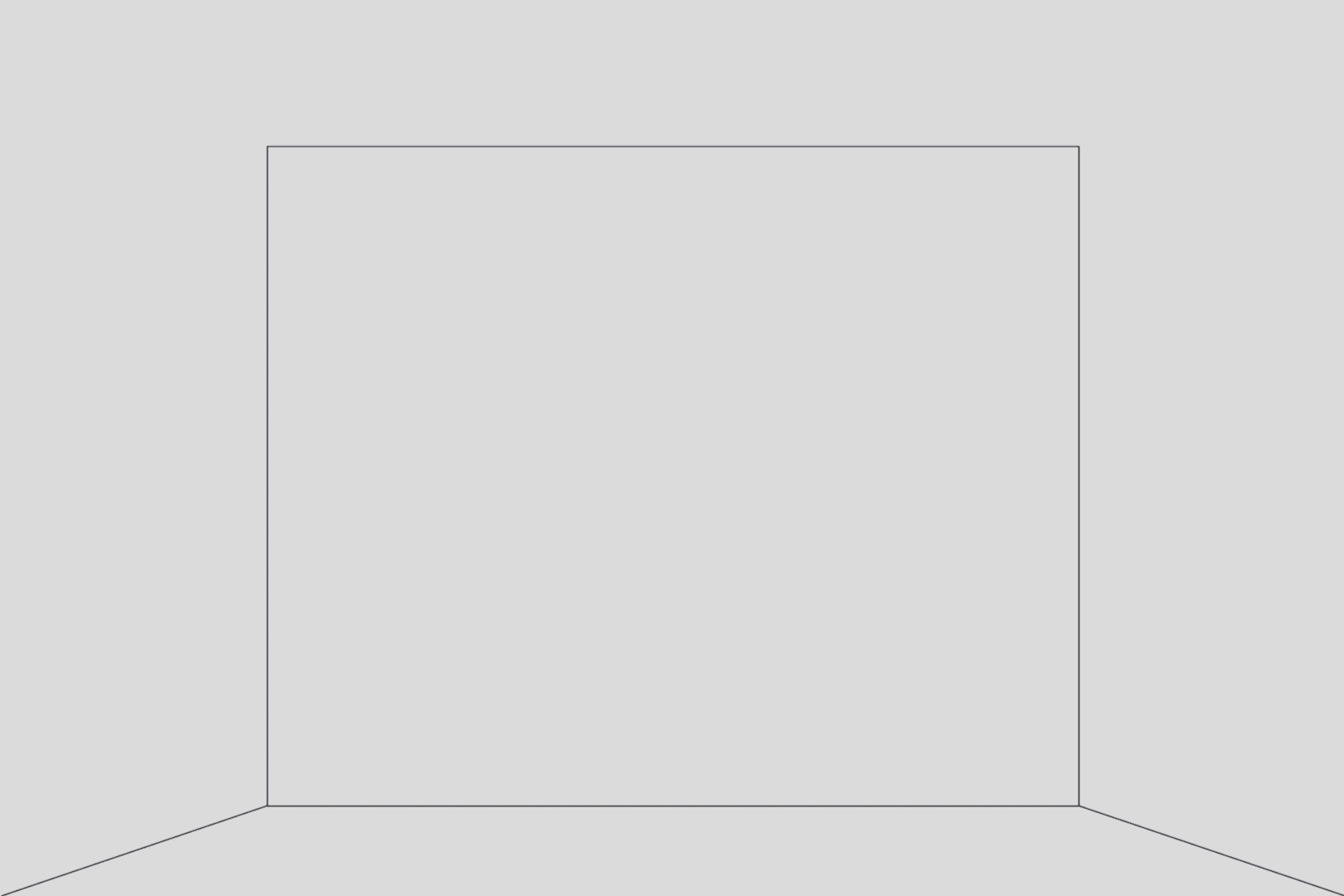Journal
The Science Behind Mute Fit, a Smart Acoustic Panel
"We need an acoustic 3D panel that always fits”. That’s how this story started for our team. Designing a fit-for-all product is never an easy job, but when it was ready, we had no doubt about a name. Daniël van Paesschen, Senior Product Designer at De Vorm, tells about the algorithm of Mute Fit that makes it a smart acoustic panel.

Always a good fit
The name speaks for itself - Mute Fit was designed to fit every space. When we decided to create a universal acoustic panel, some choices were obvious from the very beginning. First of all, the material - we knew it’s going to be PET Felt, as it has great acoustic properties. Our Mute panels have already found their way to many offices, hotels and restaurants worldwide. Secondly, a 3D curved shape - as we’ve learnt with Mute Flow, curves drastically improve the acoustic effect of the panel. Lastly, we needed to figure out an algorithm to ensure a continuous pattern without too much leftover material. As it often happens with patterned panels, you end up with many residual pieces that don’t match and can’t be used further.
Daniël: We've already got two acoustic panels in our collection. We didn’t want to simply make another panel that looks nice and helps with the acoustics, but we wanted to add even more value to it. We knew that a 3D-shape drastically improves the acoustic value of a panel, so we also wanted to have it in our new panel. However, we found out that evenly distributed curves also mean that sometimes the panel ends partly in the wave on the corner of a wall or a window. Making it troublesome to work seamlessly. We wanted to solve that issue.
And Mute Fit does solve it. Its asymmetric design has a hidden algorithm behind. It ensures that a piece of any width, cut out of the panel, always has a flat part at the start and at the end. As a result, all parts can be seamlessly connected with each other.

Draped like a curtain
Daniël: Curtains were the source of inspiration for Mute Fit - especially the way they drape. When you open or close a curtain, you can play with the width of it. We wanted to create a similar effect with our wall panels. Much like a curtain, Mute Fit consists of big and small curves interspersed with different flat areas. Since we cannot open and close a fixed panel, we wanted to recreate this sense of freedom in the way you cut and combine panels.
"That’s why we designed an algorithm with the optimal widths of the curves and the flat areas to make it possible to cut out any piece of the panel and always have a flat part at the start and at the end. This way, we made sure that Mute Fit will fit any wall, just like a curtain does."
To give an example, let’s consider a wall that is 3 meters long. This means that you will need three panels (3 x 79 cm) and a part of another panel for the remaining 63 centimetres. Thanks to different widths of curves and flat areas you can cut a perfect 63 cm of the Mute Fit panel that starts and ends with a flat part. As a result, you can seamlessly cover the wall. Don’t forget that you can play with the pieces of the panel and create your own pattern. 
When should you choose Mute Fit?
Mute Fit was made to fit, so it comes with no restrictions on the place and purpose of its use. Whether you want to create a unique wall design or improve acoustics, Mute Fit will help with both. Moreover, the panel is quite convenient to work with. Every residual piece, big or small, can still be used in the installation, ensuring that the leftover material is minimal.
Daniël: If you want to improve the acoustics of a small space, such as a meeting room, then Mute Fit is a perfect choice. In small spaces, the sound waves are much likely to hit the walls, that’s why these surfaces need special attention. Also, Mute Fit is a go-to solution if you have many “problematic” areas, such as corners, edges and niches. You can easily cover these areas and work around doors and windows.
“You can always use the last centimetres of a panel that was left in your design. Because, you know, Mute Fit always fits, to the last piece.”



